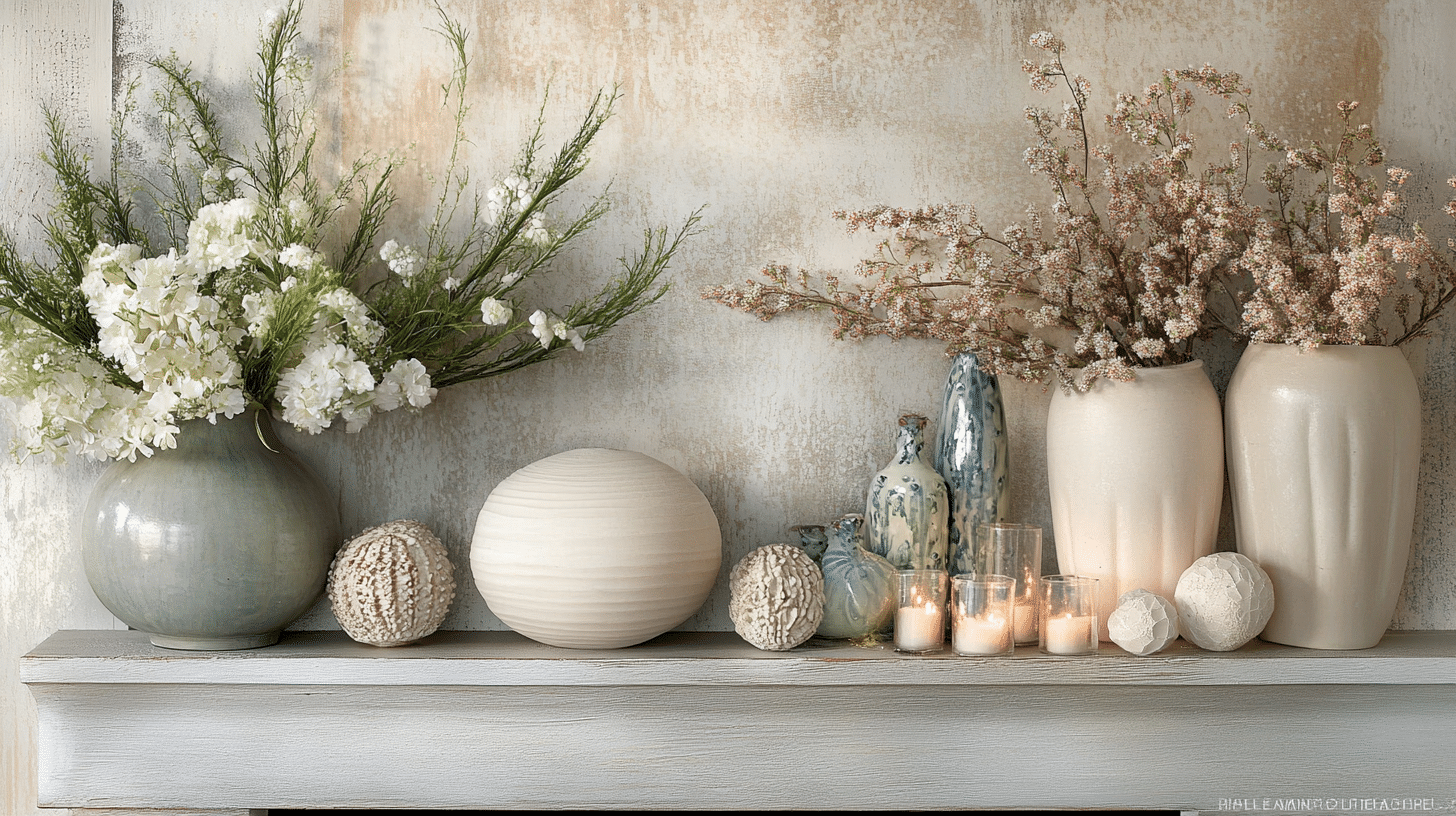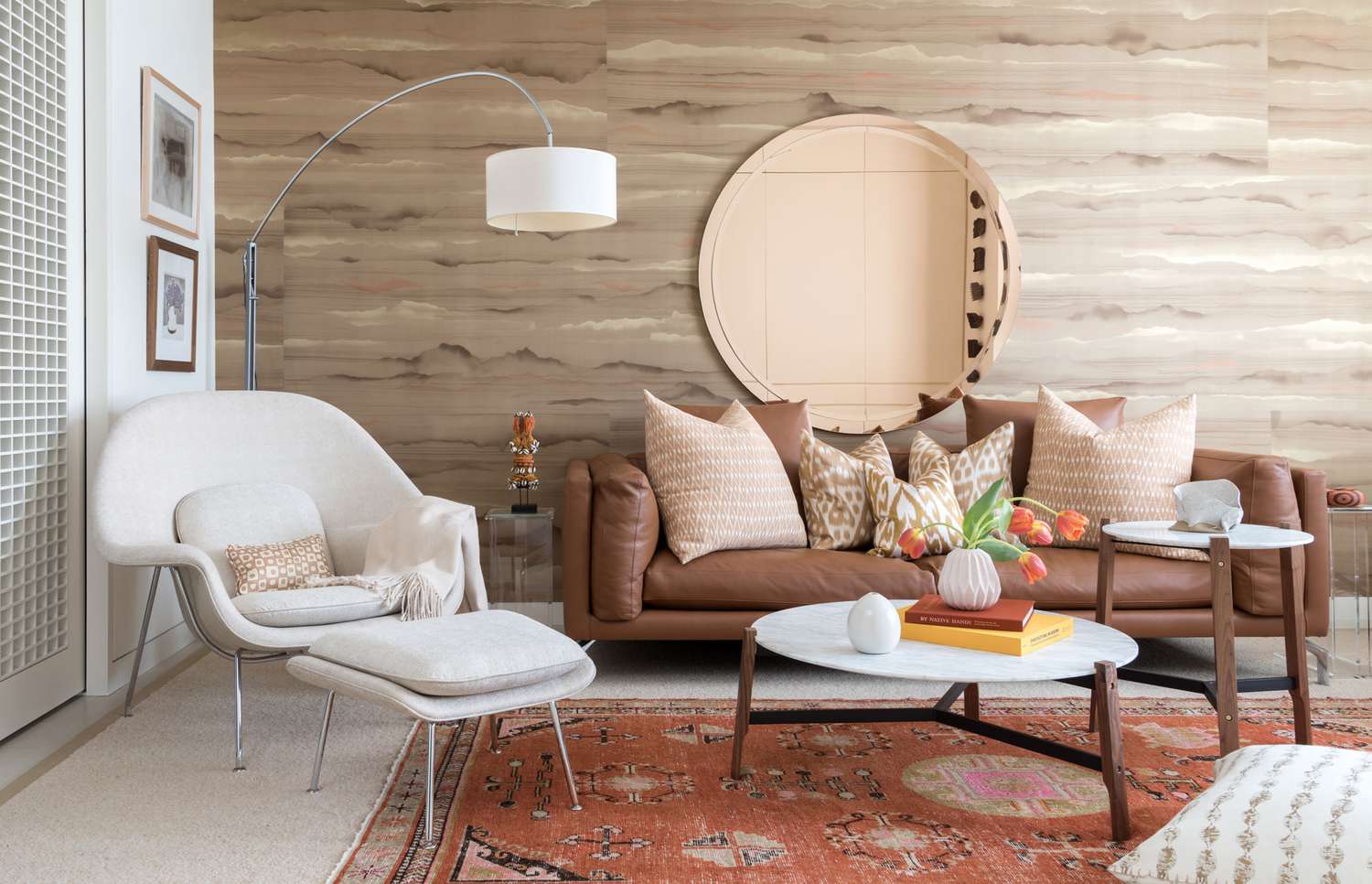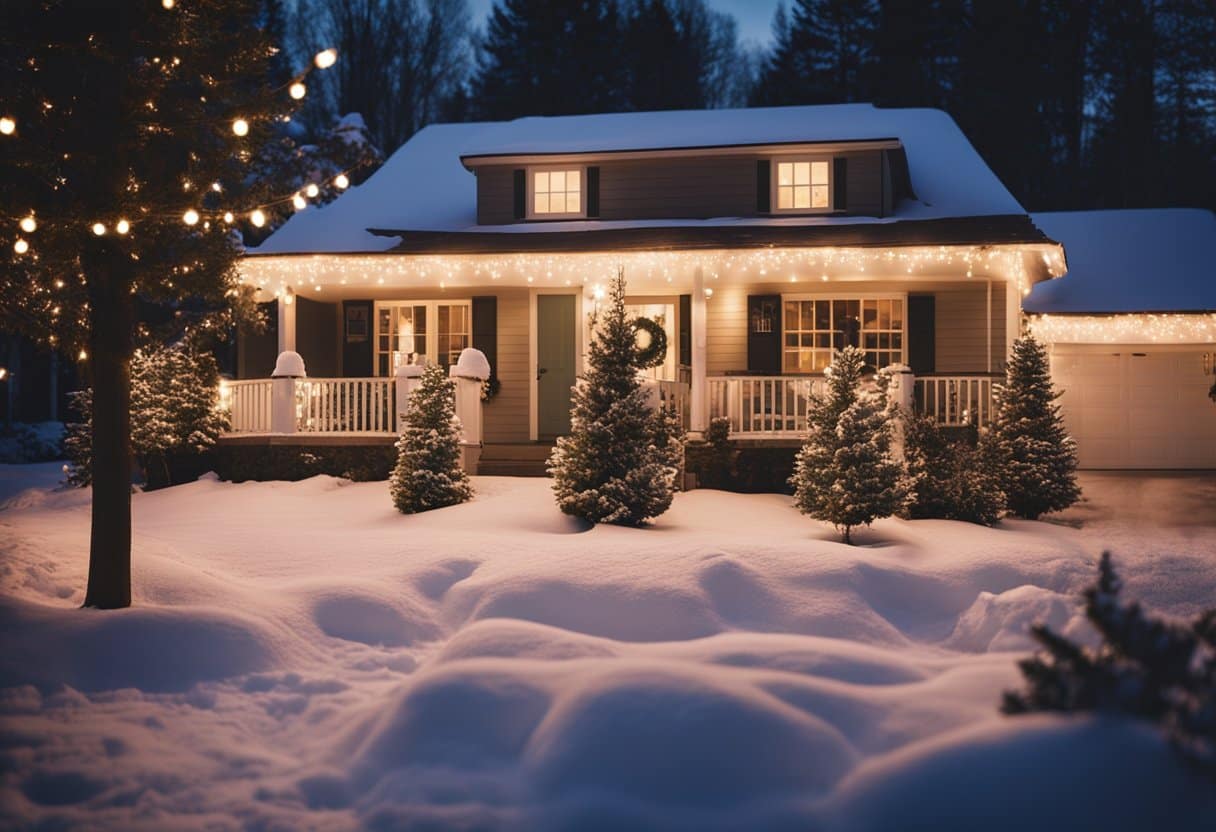Jewish Home Design: Judaica, Shofar, Mezuzah
Incorporating traditional Judaica into your home design adds cultural depth and personal significance to your living space. Items like the shofar and mezuzah carry profound symbolic meanings, representing faith, tradition, and heritage.
The shofar, historically used to announce important occasions, now serves as a poignant reminder of Jewish identity, particularly during the High Holy Days. Meanwhile, the mezuzah, adorning doorposts, fulfills the mitzvah of marking the home as a sacred space with inscribed Hebrew verses from the Torah.
Embracing these cherished objects not only enriches your home environment but also fosters a connection to Jewish rituals and values. By understanding the significance of each item, your home becomes a reflection of tradition and spirituality, inviting you to participate in timeless Jewish customs.
This integration of Judaica ensures that your home is not just physically comforting but also spiritually meaningful, creating a space where the past and the future converge harmoniously.
Fundamentals of Jewish Home Design
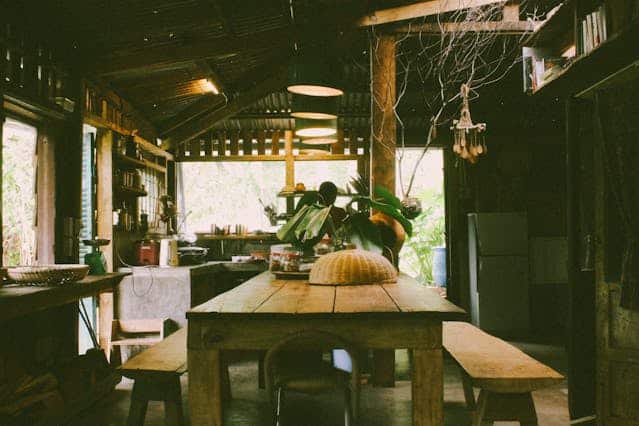
Elements like Judaica, the Shofar, and the Mezuzah not only serve as decorative pieces but also bear profound religious significance.
Incorporating Judaica
Judaica refers to items associated with Jewish life and rituals. When choosing pieces for your home, consider items that resonate with your personal practice and enhance your spiritual connection.
- Candles and Holders: Often used during Shabbat and holidays, they add warmth and a sense of peace
- Kiddush Cups: Are placed prominently to remind you of the sanctity of life and Shabbat
- Challah Covers and Boards: Beautify the Shabbat meal while reflecting on generosity and nourishment
Significance of the Shofar in Decor
Shofars are ram horns. They are a powerful symbol in Judaism and can be an evocative decor piece.
- Historical: Reminds you of ancient traditions and calls to reflection
- Spiritual: Signifies a call to action and introspection, seamlessly bringing meaning to your mantle or bookshelf
Placing the Mezuzah
Mezuzahs are sacred parchments contained within a decorative case and affixed to a doorpost.
- Height and Position: Should be placed on the right side as you enter a room, at the lower part of the upper third of the doorpost
- Intention: Symbolically transforming your home into a space of mindfulness and Jewish values
Design Elements and Materials

Textiles and Patterns
Velvet, silk, and linen are common textiles you’ll find in Judaic home design, often used in religious items such as Tallitot (prayer shawls) and Challah covers. These fabrics may be adorned with patterns of stars of David, menorahs, and pomegranates, each carrying significant meaning. For example:
- Velvet Tallit Bag: An elegant choice to protect your prayer shawl
- Silk Challah Cover: Often embroidered with a motif that symbolizes Shabbat peace
Patterns are not purely decorative; they’re deeply rooted in Jewish history and spirituality.
Color Schemes and Symbolism
Color in Judaica is immensely symbolic. Here are some traditional color meanings:
- Blue and White: Reflects the colors of the Israeli flag and symbolizes divine purity
- Gold and Silver: Used in ceremonial items like Kiddush cups, indicating reverence
Your home can evoke a sense of peace and tradition through purposeful color choices. Whether you opt for a vibrant Hamsa in blue or a discrete mezuzah in polished silver, each color you select will resonate with Jewish values and history.
Room-by-Room Considerations
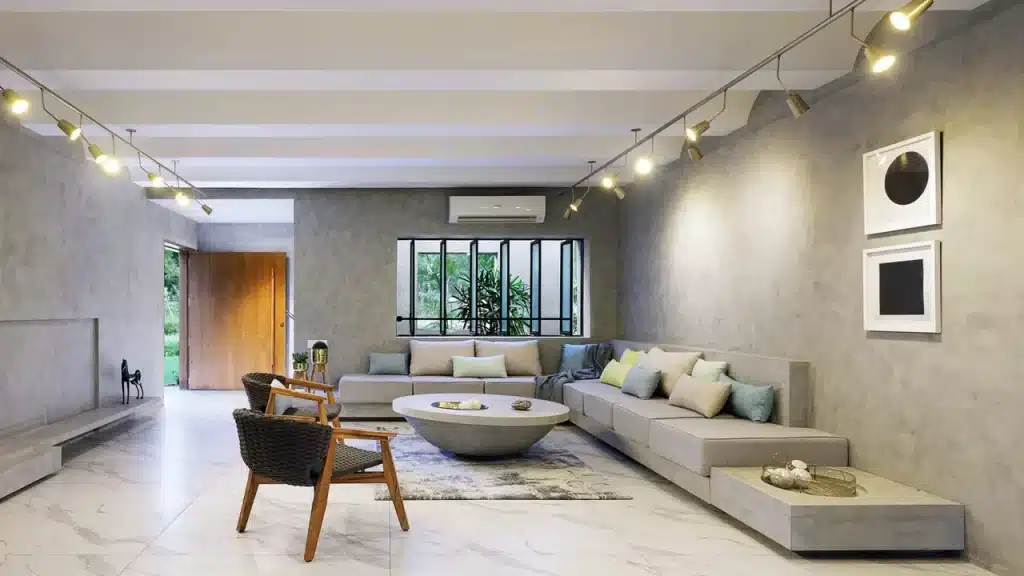 In crafting a Jewish home, each room serves a unique role in creating a holistic and meaningful environment. Your living spaces become reflections of tradition, comfort, and spirituality.
In crafting a Jewish home, each room serves a unique role in creating a holistic and meaningful environment. Your living spaces become reflections of tradition, comfort, and spirituality.
Creating a Welcoming Entryway
The entryway sets the tone for a home filled with Jewish tradition. It’s where the mezuzah takes prominence, housed within a beautiful case and affixed to the right side of your doorway. Upon entering or leaving, it’s customary to touch the mezuzah and then kiss your fingers, a gesture symbolizing your connection to its blessings.
Kitchen and Dining Spaces
Your kitchen and dining area are not only about feeding the body but also nourishing the soul. In observance of kashrut, the Jewish dietary laws, consider the following:
- Separate spaces for milk and meat products
- Color-coded utensils and dishware to avoid mixing
- Shabbat tools, such as a hot plate or blech to keep food warm
These features help maintain a kosher lifestyle while allowing for joyful gatherings around traditional meals.
Spiritual Spaces: Synagogue at Home
Even a small corner can be transformed into a personal sanctuary. Dedicate space for prayer and reflection, perhaps with:
- A shelf for sacred texts like the Tanakh or Talmud
- A prayer shawl (tallit) and phylacteries (tefillin)
- A place for the shofar, symbolic and used during High Holidays
This private area allows for regular worship, study, and a personal connection with God within the comfort of your home.
Seasonal and Lifecycle Changes
As you journey through the Jewish calendar and celebrate life’s milestones, your home becomes a reflection of your traditions and values. Let’s explore how this unfolds throughout the year.
Adapting Decor for Jewish Holidays
Pesach (Passover):
- Tableware: Switch to Kosher for Pesach dishes and utensils.
- Seder Plate: Highlight with artisanal or heirloom pieces.
Rosh Hashanah:
- Shofar: Display prominently as it’s a central symbol.
- Table Setting: Use a honey dish and apple plates for a sweet new year.
Sukkot:
- Sukkah: Decorate your temporary outdoor sukkah with hanging decorations and autumnal themes.
Hanukkah:
- Menorah: Place your Menorah in a window or central location to publicize the miracle.
- Table Decor: Integrate blue and white color schemes with dreidels and gelt.
Purim:
- Mishloach Manot Baskets: Prepare colorful gift baskets for friends and neighbors.
Accommodating Lifecycle Events
Brit Milah:
- Set up a comfortable area for the ceremony with a pillow for the sandek to hold the baby.
Bar/Bat Mitzvah:
- Personalize your space with photos and displays showcasing the journey to this milestone.
Wedding:
- Create a special area for the chuppah and ensure ample room for the festive dancing that follows.
Shiva (Mourning):
- Rearrange your home to create a suitable environment for the seven-day mourning period with seating for visitors and family.
Conclusion
Incorporating traditional Judaica into your home design adds cultural depth and personal significance to your living space, with items like the shofar and mezuzah symbolizing faith, tradition, and heritage.
Embracing these cherished objects not only enriches your home environment but also fosters a deeper connection to Jewish rituals and values.
From strategic placement to thoughtful room design, each element reflects a blend of tradition and spirituality, creating a space where past and future converge harmoniously.


